How Is Fault Determined for a Chain-Reaction Car Accident in Ohio?
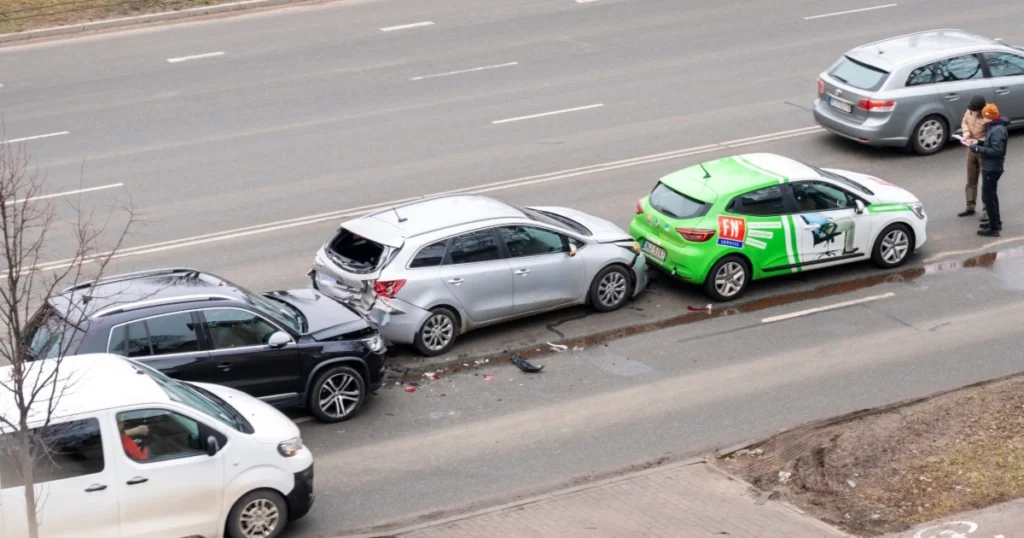
Chain reaction car accidents make it harder to determine liability. These complex accidents often leave victims wondering who will pay for their medical bills, vehicle damage, and lost wages.
Table of Contents
- What Is a Chain-Reaction Car Crash?
- How Do Most Chain-Reaction Car Crashes Happen on Cleveland Highways?
- How Do Weather Conditions Impact the Likelihood of a Chain-Reaction Collision in Northeast Ohio?
- Who May Be at Fault for a Chain-Reaction Car Crash in Ohio?
- Is the Last Person Involved Always Liable for a Multi-Vehicle Crash in Ohio?
- How Do Chain-Reaction Crashes Differ From Collisions With One or Two Vehicles?
- What Evidence Do Insurance Companies Use to Establish Fault for a Multi-Vehicle Crash
- Why You Should Seek Legal Help Right After a Chain-Reaction Crash in Ohio
- Get Legal Help From Friedman, Domiano & Smith After a Chain-Reaction Car Accident
At Friedman, Domiano & Smith, our experienced Cleveland car accident attorneys are deeply committed to helping injured victims recover the compensation they need to move forward after a car crash.
Injured in Ohio? Call our trusted law firm today for a free, no-risk case review.
Call FDS to request a free case review today: 216-621-0070.
What Is a Chain-Reaction Car Crash?
A chain-reaction car crash involves three or more vehicles and often results from rear-end or side-impact collisions. These multi-vehicle pileups are especially common on busy interstates, particularly during winter weather or heavy traffic. Drivers who follow too closely, speed, or drive while distracted are more likely to cause high-impact multi-vehicle collisions.
How Do Most Chain-Reaction Car Crashes Happen on Cleveland Highways?
Chain-reaction crashes on Cleveland highways typically begin with one incident that triggers multiple secondary collisions. The most common triggers for these multi-vehicle accidents include:
- Sudden Stops in Heavy Traffic: When vehicles follow too closely on congested highways, one abrupt stop can create a ripple effect as drivers behind have insufficient time to react.
- Winter Weather Conditions: Heavy snow or icy roads create risky driving surfaces where vehicles lose traction, making controlled stops nearly impossible once sliding begins.
- Distracted Driving Incidents: Drivers looking at phones or engaging in other distractions may fail to notice slowing traffic ahead, increasing the risk of chain-reaction crashes resulting from multiple rear-end collisions.
- Improper Lane Changes: Aggressive merging or lane switching without signaling properly forces other drivers to make sudden stops, which could trigger rear-end accidents.
- Construction Zone Confusion: Frequent highway construction projects create lane shifts and merges that can confuse drivers unfamiliar with the area.
- Vehicle Malfunctions: Brake failures or tire blowouts can cause a vehicle to stop unexpectedly or lose control, affecting multiple traffic lanes.
- Impaired Driving: Alcohol or drug-impaired drivers often make dangerous maneuvers or have delayed reaction times, causing accidents.
How Do Weather Conditions Impact the Likelihood of a Chain-Reaction Collision in Northeast Ohio?
Northeast Ohio’s diverse and often severe weather patterns significantly increase the risk of chain-reaction collisions throughout the year. For example, consistent snowfall can reduce visibility and create dangerous, slick road surfaces.
Winter Ice Storms
Winter ice storms pose a significant threat to drivers, even those with more experience behind the wheel. The thin layer of ice that forms on highways might be nearly invisible, creating a false sense of security until braking becomes necessary. Once the first vehicle loses traction, other vehicles following behind face the same slick surface with insufficient stopping distance.
Heavy Rain
Heavy rain presents year-round dangers as well, particularly during summer thunderstorms that can dump several inches of rain in a short period of time. Hydroplaning becomes a significant risk as water accumulates on roadways, especially on highways with worn pavement. One hydroplaning vehicle makes nearby vehicles vulnerable to collisions if it swerves and hits another car.
Fog
Thick, dense fog can reduce visibility to less than 100 feet. These conditions are particularly hazardous during morning and evening commutes when traffic volume is at its highest.
Seasonal Sun Glare
Seasonal sun glare during longer daylight hours is another crash risk. When drivers become blinded by an intense glare, they may be unable to see a driver’s brake lights ahead, leading to a chain reaction crash involving three or more vehicles.
Who May Be at Fault for a Chain-Reaction Car Crash in Ohio?
The driver who causes the accident is typically responsible for paying damages. During investigations, police and insurance companies examine various pieces of evidence to determine fault.
If a driver is found to have caused the accident due to distraction, such as being the first to rear-end another vehicle in a chain collision, they may be assigned 100 percent liability. However, multiple parties may share fault if distracted driving, drunk driving, or aggressive driving contributed to the crash.
Car manufacturers may also be liable if defective brakes or other faulty components played a role in the accident. Other potentially responsible parties include government agencies or repair shops. For instance, a repair shop could be liable if it failed to properly align a vehicle’s tires.
Is the Last Person Involved Always Liable for a Multi-Vehicle Crash in Ohio?
The last person involved in a multi-vehicle crash in Ohio is not automatically liable. Liability in multi-vehicle accidents depends on several factors rather than just the position in the collision sequence.
Ohio follows a modified comparative negligence rule, which means that:
- Each driver can be assigned a percentage of fault based on their actions
- Multiple parties can share liability for the accident
- A driver who is more than 50 percent at fault cannot recover damages
- Compensation is reduced by your percentage of fault
Determining liability in chain-reaction crashes involves investigating several factors, including:
- Which driver(s) violated traffic laws
- Whether any drivers were distracted, speeding, or following too closely
- Road and weather conditions
- Vehicle maintenance issues
- Evidence from accident reconstruction specialists
How Do Chain-Reaction Crashes Differ From Collisions With One or Two Vehicles?
Chain-reaction crashes happen due to a domino effect, where one collision leads to multiple secondary collisions. A single-vehicle crash involves only one vehicle hitting a stationary object, like a tree, guardrail, or running off the road. Even in a two-vehicle crash, there are typically fewer points of impact when compared to a chain-reaction pile-up where each vehicle might have multiple points of impact.
What Evidence Do Insurance Companies Use to Establish Fault for a Multi-Vehicle Crash
Insurance companies rely on evidence to determine fault in multi-vehicle crashes, particularly in complex chain-reaction accidents where liability may be shared among multiple parties.
Below are some of the types of evidence that may be collected to establish fault for a chain-reaction car accident:
Police Reports and Official Documentation
Police reports are a critical source of evidence providing essential details, such as the accident date, time, location, statements from drivers and witnesses, weather conditions, and preliminary findings regarding fault. Police reports are also important to determine if the driver is different than the owner of the motor vehicle, and if there may be additional coverage.
Physical Evidence From the Accident Scene
Fault allocation depends heavily on physical evidence, such as skid marks, vehicle damage patterns, and debris at the scene. This evidence helps investigators reconstruct the accident and determine the sequence of events.
Responding officers document vehicle positions, road conditions, traffic signs or signals, and skid marks or debris. If authorities have already cleared the scene, accident reconstruction professionals can recreate it based on available evidence.
Insurance companies review photographs or videos of the accident scene, including:
- The vehicles involved
- Property damages
- Road conditions
- Traffic signals
- Visible injuries
- Signs
Vehicle Damage Analysis
Vehicle damage documentation can consist of repair estimates, invoices, and photographs to help demonstrate the accident’s impact and can be used to verify the sequence of collisions.
Insurance adjusters examine damage patterns on all vehicles involved to determine:
- Whether damage patterns are consistent with driver statements
- The points of impact on each vehicle
- The direction of force in each collision
- The severity of impacts
Witness Statements
Accounts from witnesses who were not involved in the crash can be valuable evidence, as they have nothing at stake and no incentive to exaggerate or give false accounts of what they saw.
Electronic and Digital Evidence
Modern technology that may provide critical details about events leading up to a crash may include:
- Dashcam videos
- GPS data
- Traffic camera footage
- Surveillance footage from nearby businesses
- Vehicle “black box” data (Event Data Recorders)
- Cell phone records (to determine if distracted driving was involved)
Medical Records
Insurance companies also review medical records to link injuries to the car crash. Some car crash medical evidence that can be used:
- Treatment records
- Medical records documenting injuries
- Medical expert opinions on injury causation
- Pre-existing conditions that may have contributed to the accident
Why You Should Seek Legal Help Right After a Chain-Reaction Crash in Ohio
An attorney can greatly benefit your claim in many ways, especially in complex crashes, like a multi-vehicle pile-up.
- Helping gather evidence soon after the crash before it gets lost, overwritten or destroyed
- Communicate with insurance companies on your behalf, helping you avoid critical mistakes that could hurt your claim
- Protect your legal rights by aggressively disputing liability on your behalf
- Develop a strategy that keeps your best interests top of mind so you can focus on your physical healing.
- Ensure you do not miss key deadlines, such as the statute of limitations
Ohio’s statute of limitations for pursuing a claim after a car accident is two years. After that, you will not have the legal right to pursue a claim. Speak to a car accident lawyer as soon as possible to ensure you exercise your legal rights.
Get Legal Help From Friedman, Domiano & Smith After a Chain-Reaction Car Accident
If you are unsure how to handle the legal process after a chain-reaction car accident, a legal consultation from a licensed attorney can help you better understand what to do.
At Friedman, Domiano & Smith, we have been helping car crash victims for decades. During that time, we have secured millions in compensation for our clients.
Need legal help? Contact our firm today for a free consultation. We welcome your questions. Since we take car accident cases on contingency, there are no upfront costs or fees to pay.
Call our trusted Cleveland law firm today.: 216-621-0070.
Comments are now closed
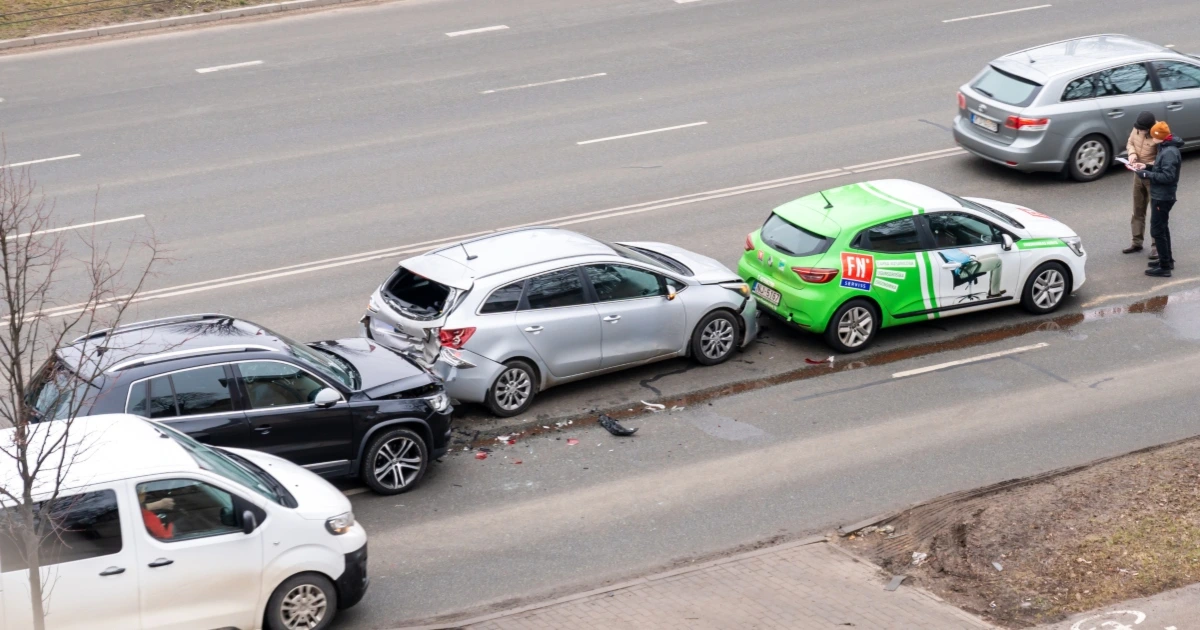
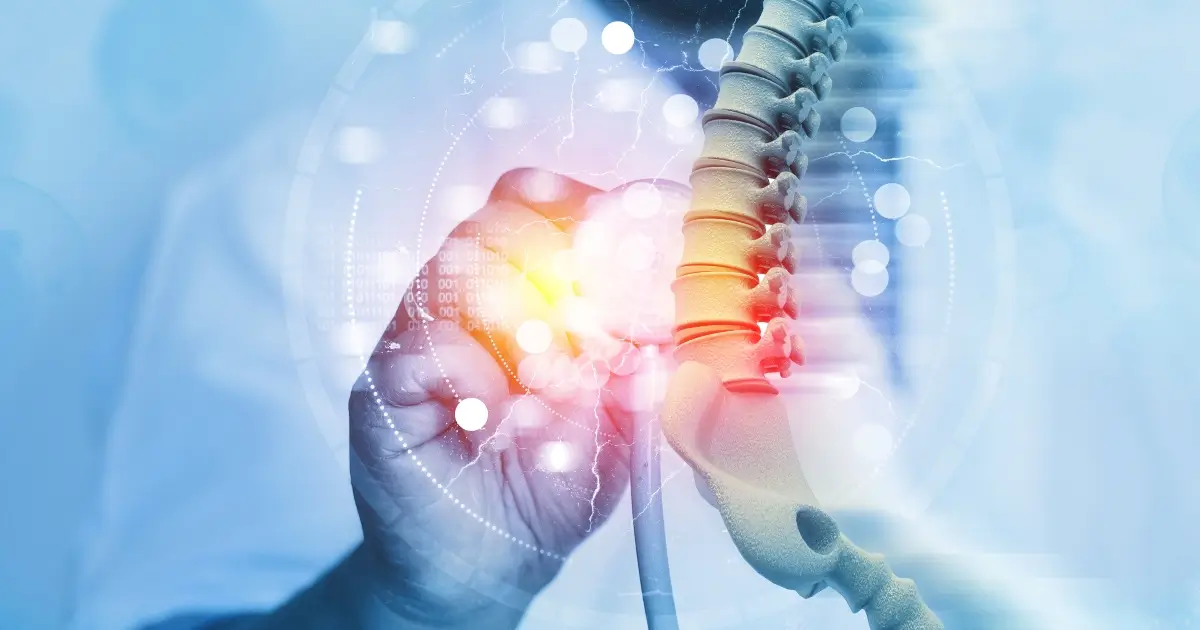
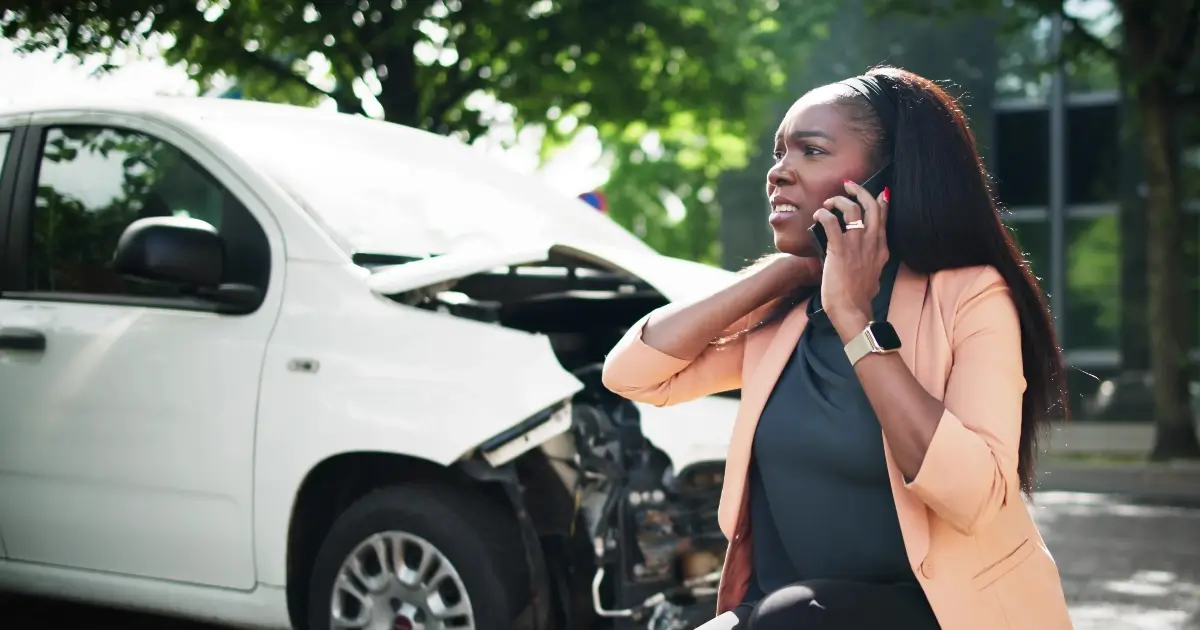
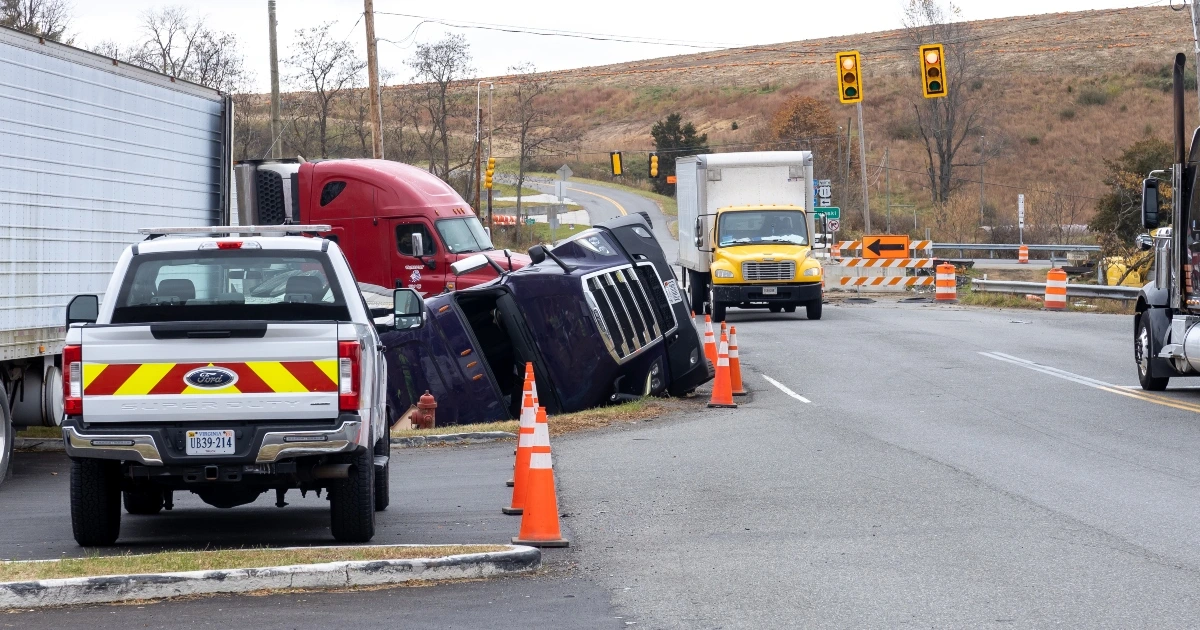
Comments